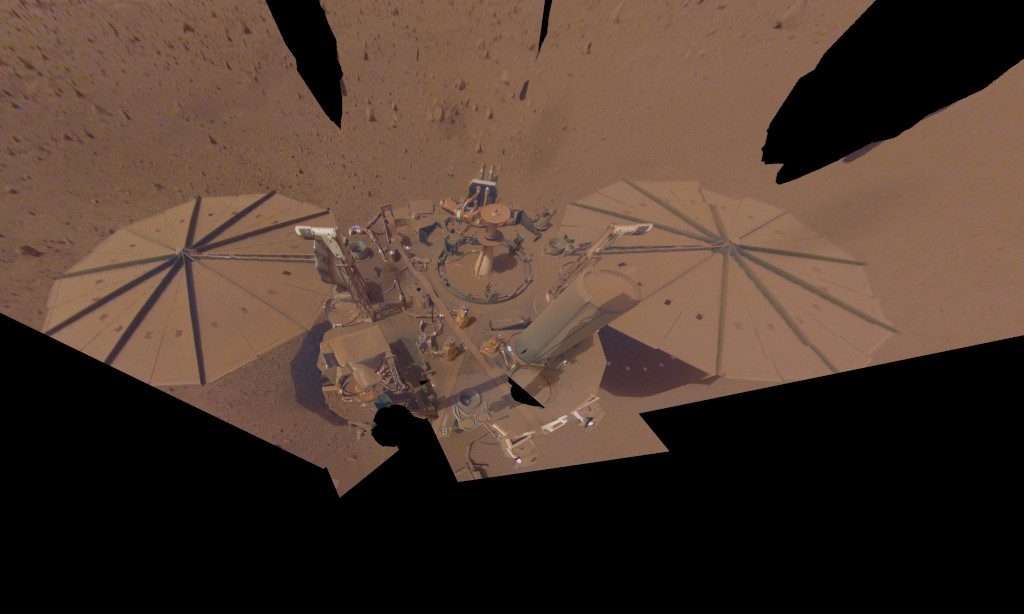
The Mars InSight lander returned its first image from the Red Planet's flat, equatorial Elysium Planitia after a successful touchdown on November 26, 2018. The history making mission to explore the martian Interior using Seismic investigations, geodesy, and heat transport has been operating for over 1,400 martian days or sols. In that time the InSight mission has detected more than 1,300 marsquakes and recorded data from Mars-shaking meteoroid impacts, observing how the seismic waves travel to provide a glimpse inside Mars. Analyzing the archive of data collected is expected to yield discoveries for decades. But InSight's final operational sol is likely not far off. The reason is evident in this selfie recorded earlier this year showing its deck and large, 2-meter-wide solar panels covered with dust. Kicked up by martian winds the dust continues to accumulate and drastically reduce the power that can be generated by InSight's solar panels.
from NASA https://ift.tt/Tj8ci3h
Comments
Post a Comment